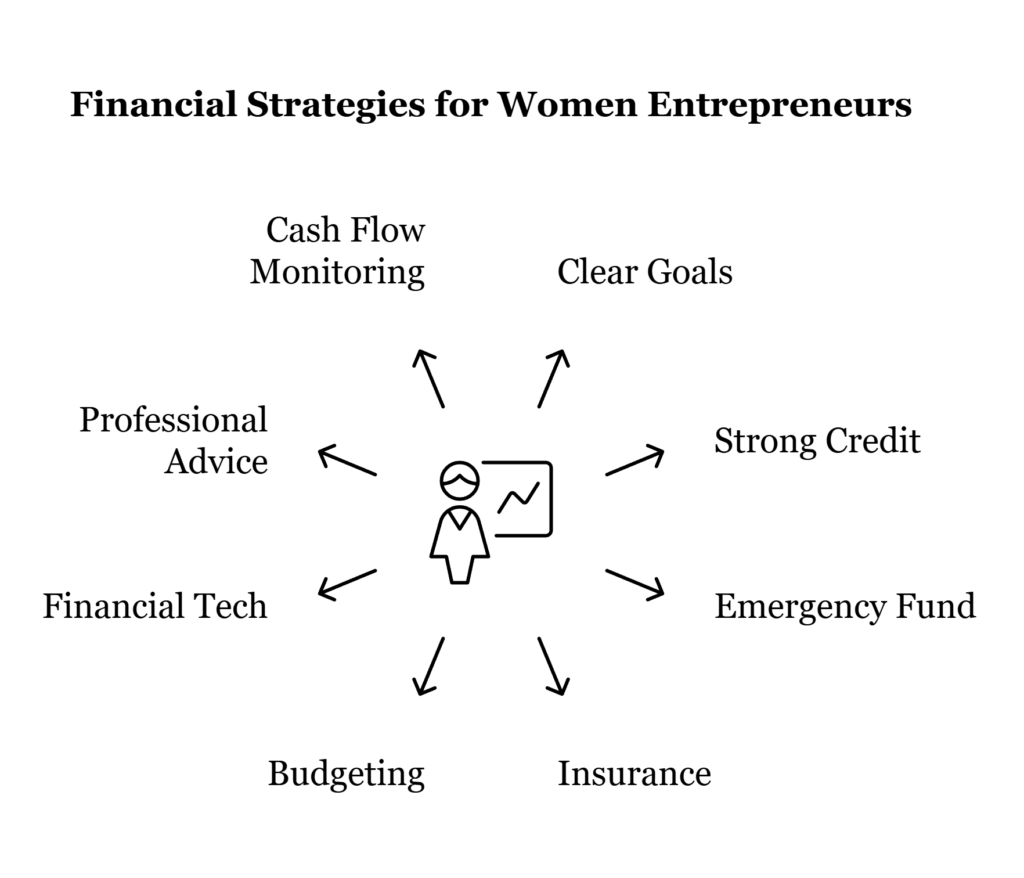Step-by-Step Guide to Securing a Term Loan for Women-Owned Small Businesses

Step-by-Step Guide to Securing a Term Loan for Women-Owned Small Businesses
Women entrepreneurs face unique challenges in securing business financing, but understanding the right approach and leveraging available resources can significantly improve your success rate. This step-by-step guide provides a strategic pathway to securing term loans while taking advantage of programs and opportunities specifically designed to support women-owned businesses.
Step 1: Obtain Your Women-Owned Business Certification
- Get WOSB Certification: Start by obtaining Women-Owned Small Business (WOSB) certification through the Small Business Administration (SBA). This certification opens doors to federal contracting opportunities and specialized lending programs. The process requires documentation proving women own at least 51% of the business and control daily operations.
- Consider Additional Certifications: Explore other certifications like Women's Business Enterprise National Council (WBENC) certification, which provides access to corporate supplier diversity programs and networking opportunities that can strengthen your loan application through enhanced revenue potential.
Step 2: Assess Your Financing Needs
- Calculate Exact Funding Requirements: Determine precisely how much capital you need and create a detailed breakdown of how funds will be used. Whether for equipment purchases, inventory expansion, working capital, or facility improvements, specific numbers demonstrate professionalism and planning to lenders.
- Choose the Right Loan Type: Term loans work best for one-time investments like equipment, expansion projects, or debt consolidation. If you need ongoing access to capital, consider whether a line of credit might better serve your needs alongside or instead of a term loan.
Step 3: Strengthen Your Financial Profile
- Build Business Credit: Establish trade credit relationships with suppliers who report to business credit bureaus. Pay all business obligations on time and maintain low credit utilization ratios on business credit cards. Strong business credit reduces reliance on personal guarantees and improves loan terms.
- Organize Financial Documentation: Prepare comprehensive financial records including profit and loss statements, balance sheets, cash flow statements, and tax returns for the past 2-3 years. Many lenders also require personal financial statements and tax returns from business owners.
- Create Professional Financial Projections: Develop realistic financial projections showing how the loan will impact your business performance. Include assumptions about market growth, operational improvements, or revenue increases that justify the borrowed amount.
Step 4: Research Women-Friendly Lending Options
- Explore SBA Loan Programs: SBA loans often offer favorable terms for women entrepreneurs. Programs like SBA 7(a) loans provide longer repayment terms and lower interest rates than conventional financing. Some SBA lenders also participate in initiatives specifically supporting women-owned businesses.
- Investigate Women-Focused Lenders: Research Community Development Financial Institutions (CDFIs) and mission-driven lenders that prioritize women entrepreneurs. These organizations often provide more flexible underwriting criteria and additional business support services beyond funding.
- Consider Alternative Lending Platforms: Online lenders and alternative financing companies may offer faster approval processes and more flexible qualification requirements. While interest rates might be higher, they can provide access when traditional banking isn't available.
Step 5: Prepare a Compelling Loan Application
- Develop Your Business Story: Create a narrative that explains your business background, market opportunity, competitive advantages, and growth plans. Women entrepreneurs often have unique perspectives and experiences that can differentiate their businesses in the marketplace.
- Highlight Your Track Record: Emphasize your business achievements, revenue growth, customer satisfaction, and industry recognition. Include any awards, certifications, or media coverage that demonstrates business credibility and success.
- Address Potential Concerns: Proactively address any weaknesses in your application such as limited collateral, shorter business history, or industry challenges. Provide explanations and mitigation strategies that show thoughtful business planning.
Step 6: Leverage Professional Networks
- Join Women's Business Organizations: Organizations like the National Association of Women Business Owners (NAWBO) provide networking opportunities, mentorship, and connections to women-friendly lenders and advisors who understand the unique challenges female entrepreneurs face.
- Seek Professional Guidance: Work with SCORE mentors, Women's Business Centers (WBCs), or Small Business Development Centers (SBDCs) that offer free consulting services. These advisors can review loan applications and provide introductions to lenders.
Step 7: Submit Applications Strategically
- Apply to Multiple Lenders: Submit applications to several lenders within a short timeframe to minimize credit inquiry impacts while maximizing your chances of approval. Different lenders have varying risk tolerances and specialization areas.
- Customize Each Application: Tailor your application materials to each lender's specific requirements and preferences. Banks may prefer conservative projections, while alternative lenders might appreciate aggressive growth plans.
Step 8: Negotiate Terms and Close
- Compare All Offers: Evaluate loan offers based on total cost, monthly payments, prepayment options, and any additional fees. The lowest interest rate isn't always the best deal if other terms are unfavorable.
- Negotiate When Possible: Don't hesitate to negotiate terms, especially if you have multiple offers. Lenders may be willing to adjust rates, reduce fees, or modify terms to win your business.
- Review Documents Carefully: Before signing, thoroughly review all loan documents with an attorney if necessary. Understand all terms, conditions, and obligations to avoid surprises later.
Step 9: Utilize Your Funding Strategically
- Implement Your Business Plan: Execute the investments and strategies outlined in your loan application. Lenders may monitor fund usage, and successful implementation builds credibility for future financing needs.
- Maintain Lender Relationships: Keep your lender informed about business progress and any challenges you encounter. Strong relationships can lead to additional funding opportunities and better terms on future loans.
Building Long-Term Success
Securing a term loan is just the beginning of your growth journey. Use the funding strategically to build business value, establish strong financial relationships, and position your women-owned business for continued success and expansion in the marketplace.